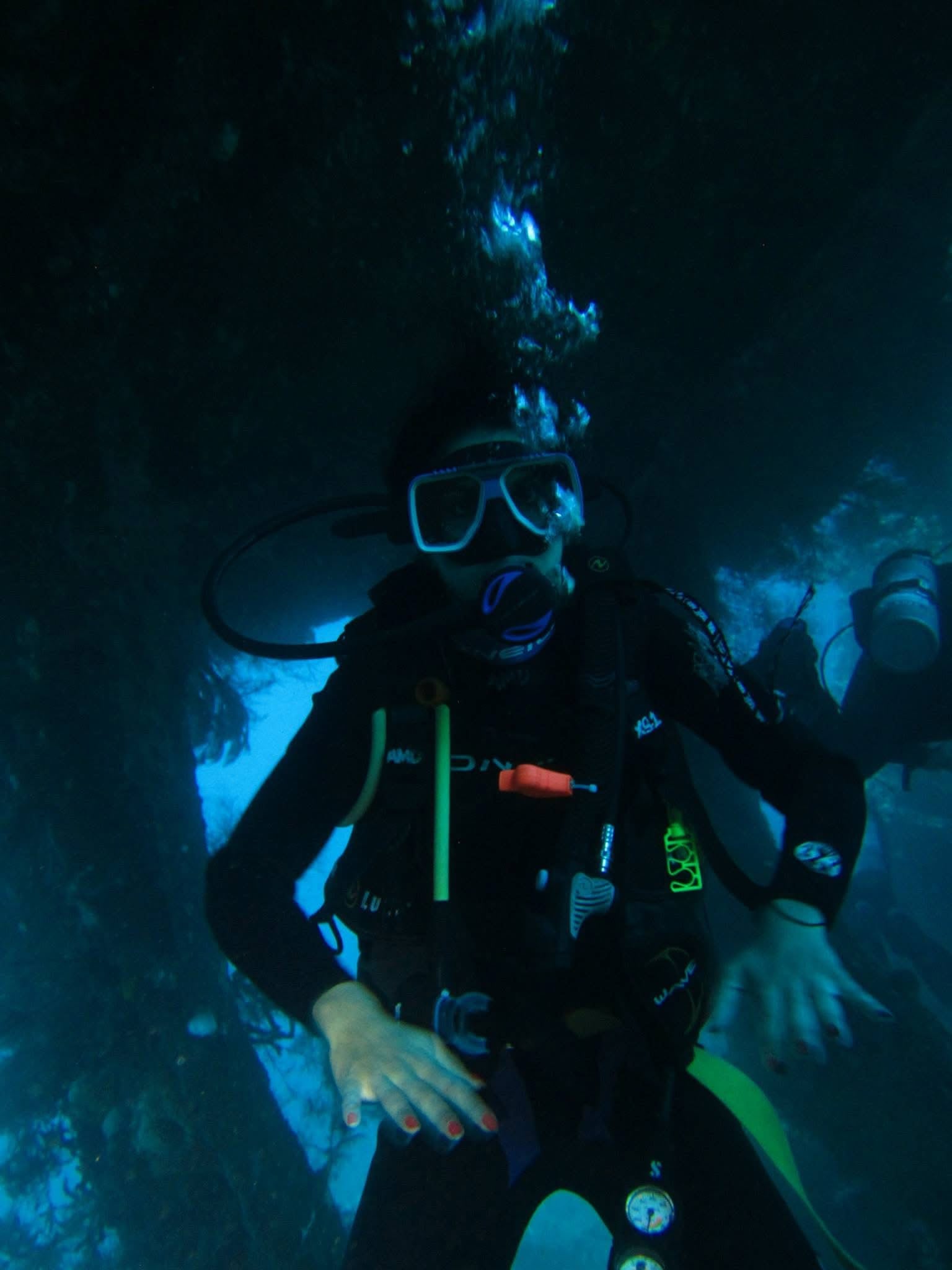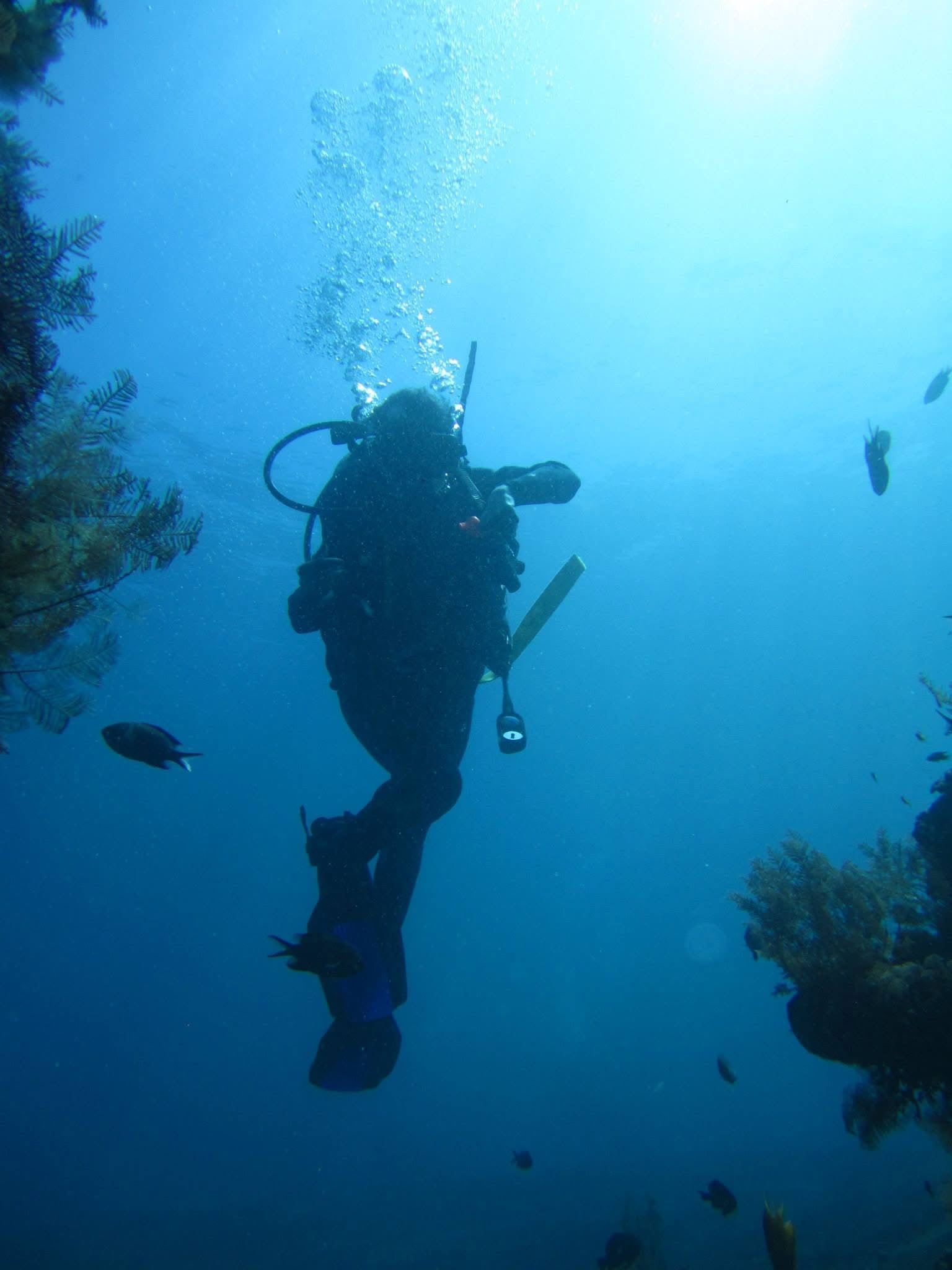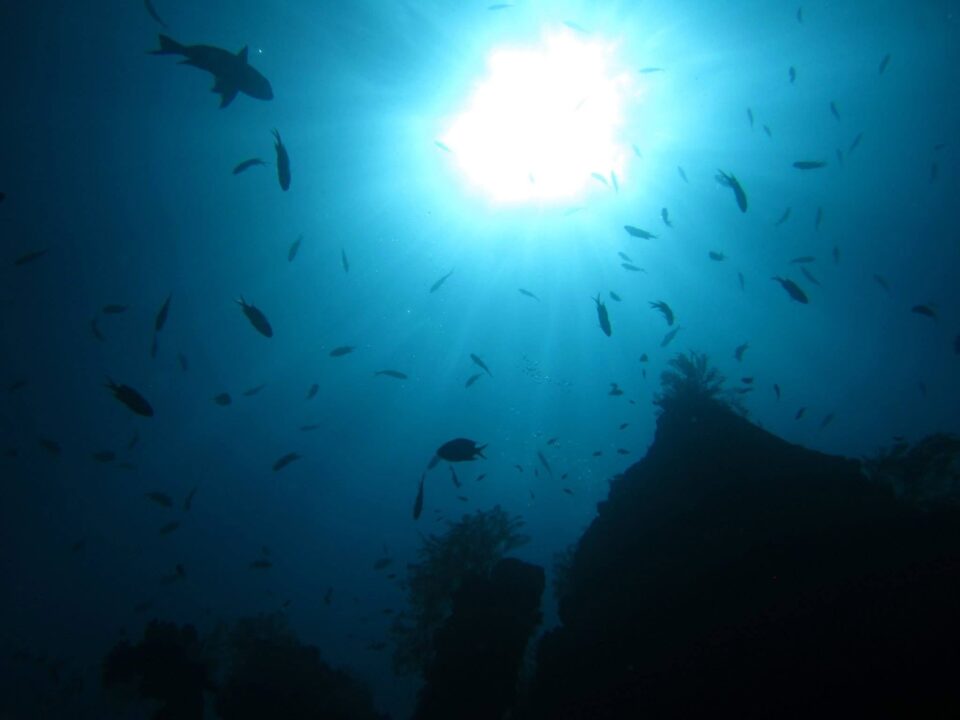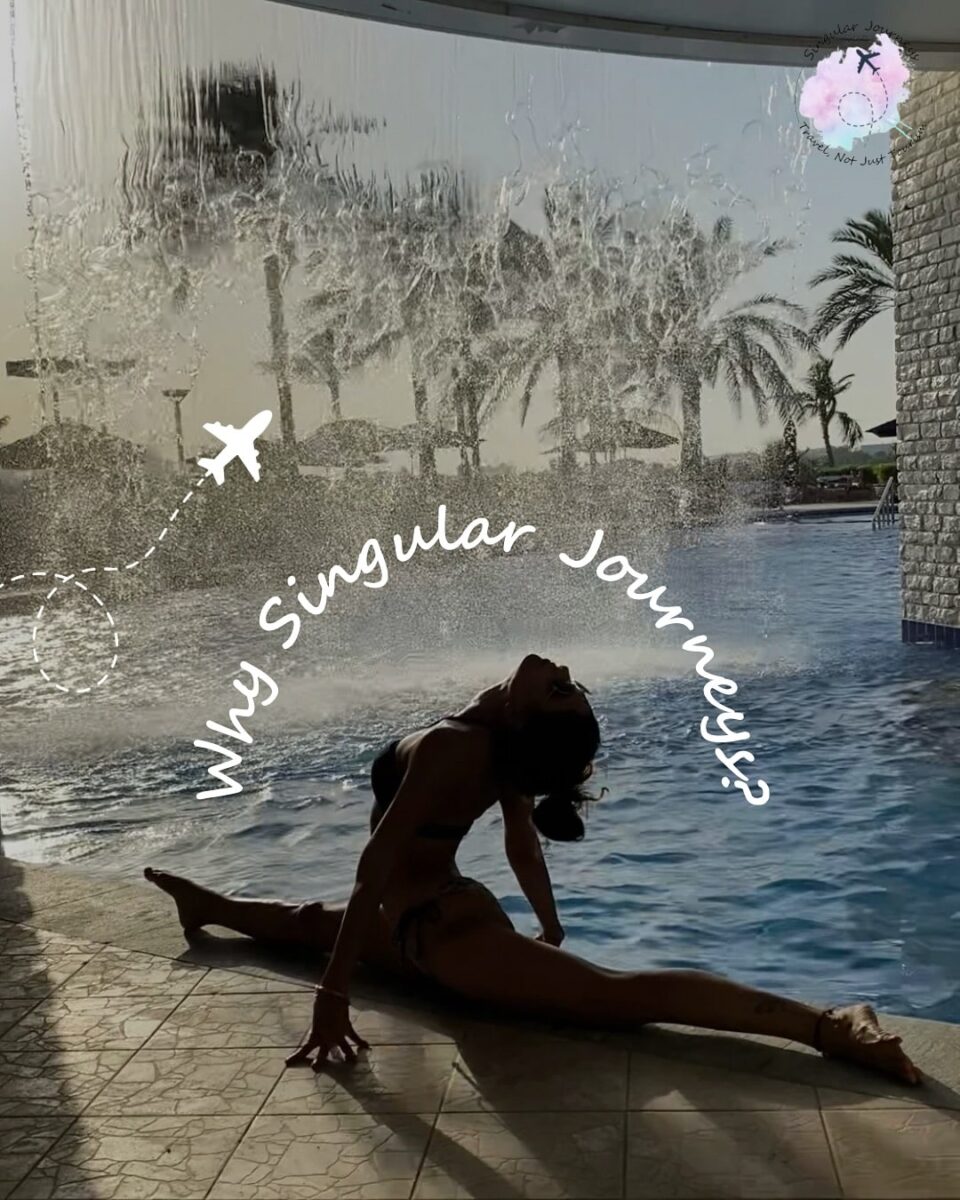
Cairo and Giza
April 10, 2025Bali is famous for an endless ocean (literally!) of dive sites and incredible marine life and diversity. One of the most popular sites, and one that is a truly unique experience is diving a shipwreck.
While wreck dives are available across the world, the wreck of the Liberty off Tulamben in Bali is one of the few accessible for novice or beginner divers due to its relatively shallow depth with the deepest point being just 30m below the surface.
The USS, or more accurately, the USAT Liberty was torpedoed off the coast of Indonesia in 1942, and was beached at Tulamben. The eruption of the Mount Agung volcano in 1963 caused the beached ship to slide back into the water and come to rest on a sand slope, making it a popular destination for divers.

As part of my PADI Open Water Diver certification (read about the details here), my dive master planned a dive at the Liberty site and the experience was extremely memorable.
The day after my written theory exam, pool session and shallow beach dive, I was picked up at my hotel before sunrise by the Aquamarine team. We took the longish drive to Tulamben with my dive master explaining a little bit about the history of the wreck, the details and depth of the dive, approximately how long we would remain underwater and what we could expect to see. We finally arrived at Tulamben and I was a messy combination of excitement and nerves! Just moments away from my first official scuba diving experience, my mind was racing with hand symbols, breathing tips and names of equipment parts.
My instructor helped me check my oxygen cylinder, mask, Buoyancy Control Device (BCD) and regulator before kitting up on shore and making our way down to the beach. The Liberty dive is a beach dive, which as the name suggests begins on the beach versus further out to sea on a boat so you start by wading in to the shallow water and then using your BCD and regulator to disappear under the waves. After a moment of panic, rapid breathing and nerves, and some calm words of reassurance from my Dive Master, I gathered myself, remembered what I had learned and practiced the day before and began to descend slowly and carefully into the warm water. As I got more comfortable and found my confidence, a sense of immense calm came over me and the whole experience was almost meditative. I had not a care in the world and nothing to think about except keeping my breath slow and steady and enjoying the incredible sight in front of me.
The most shallow part of the Liberty sits at just 5m underwater so you can see it pretty soon after descending, and it really is a sight to behold. Some parts of the wreck have been covered by sand, and debris litters the area near the bottom, but parts of the structure still remain vertical with the engine room, hold and bow able to be explored. Despite being relatively small at just 120m in length, the USS Liberty wreck can be explored multiple times since it has so much to offer.
Starting with the stern-gun, my dive master and I made our way past the collapsed bulkhead and engine-room where remains of the boilers and other machinery are visible through the coral and corrosion. Towards the deepest end of the wreck we were even able to carefully explore the toilets and showers after all this time! There are several points along the wreck to swim through and take some great photographs but the most exciting element is the massive anchor chain that lies at the bottom of the wreck.
Over the years, the site of the shipwreck has evolved into a complex underwater ecosystem and is home to numerous species of coral and marine life that you can observe. Lots of soft coral, gorgonian fans and tubastra colonies are visible throughout the USS Liberty and parts of the hull have been almost completely taken over by hard coral and sponges. The wreck is also home to almost 400 special of marine life from the terrifying barracuda and the giant mola mola to the tiniest Pygmy seahorse and we were lucky to see many different species on my dive. The vibrant angelfish and butterfly fish, the aptly named trumpetfish and the Scorpionfish that hide camouflaged amongst the coral and so much more. All the colours and different fish I saw around me was exciting and made me feel like a little kid on the set of Finding Nemo, and the hour I spent exploring seemed to fly past in mere seconds.
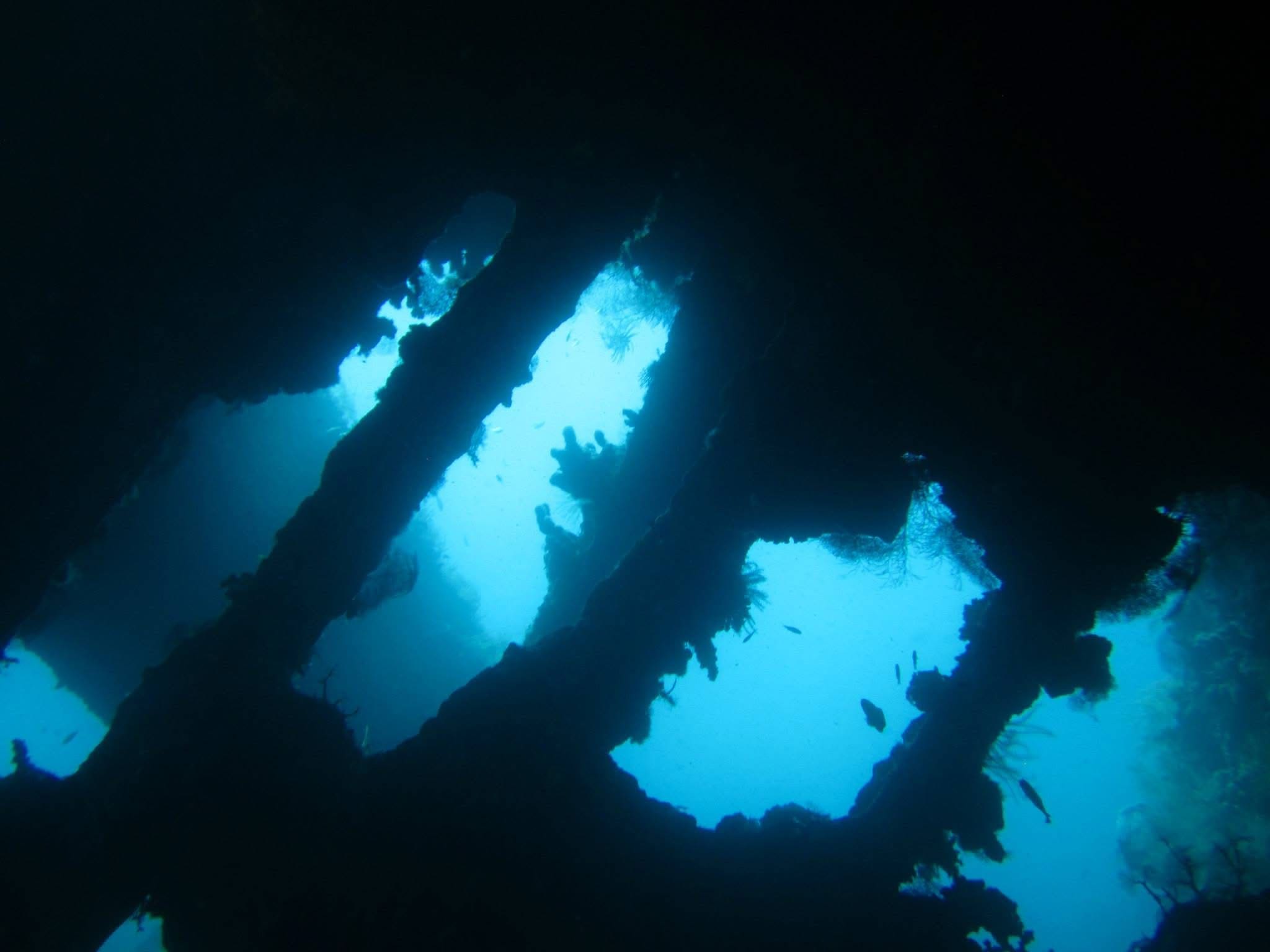
SHARE ARTICLE

Disha
Disha is a former corporate lawyer with a flair for writing. As an avid traveller, she is always seeking new adventures and loves telling stories about her globe trotting.



